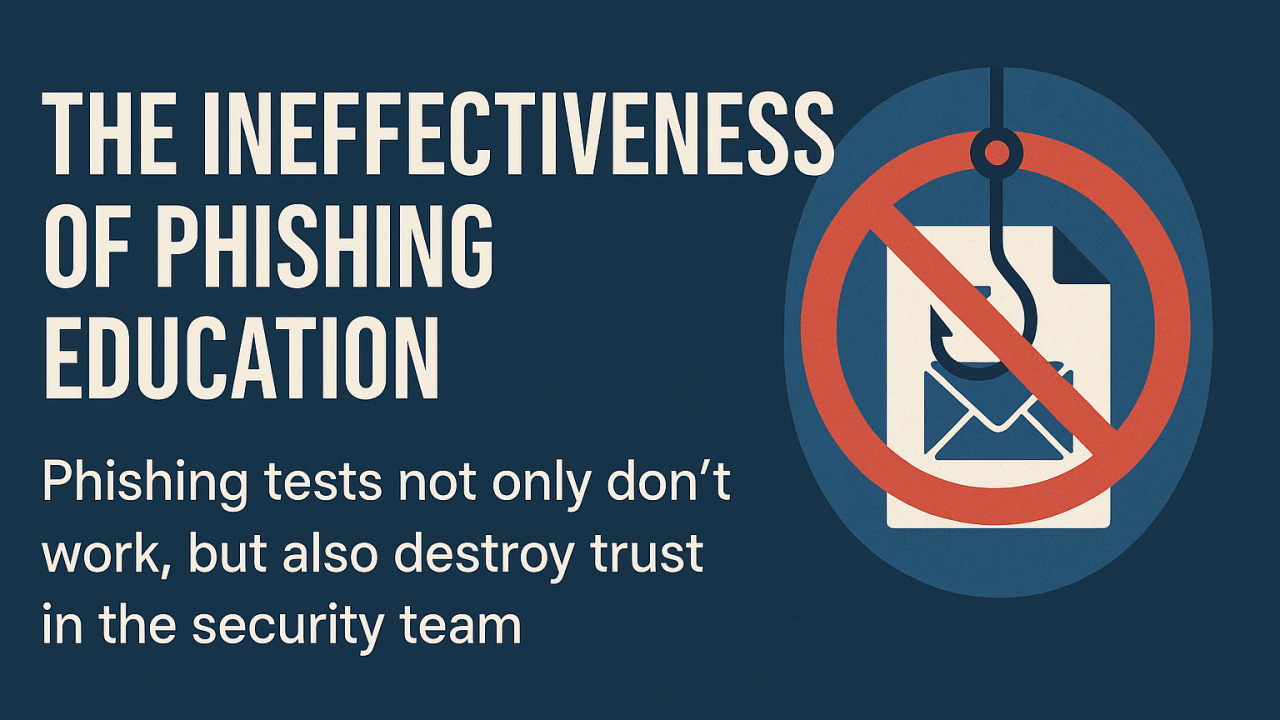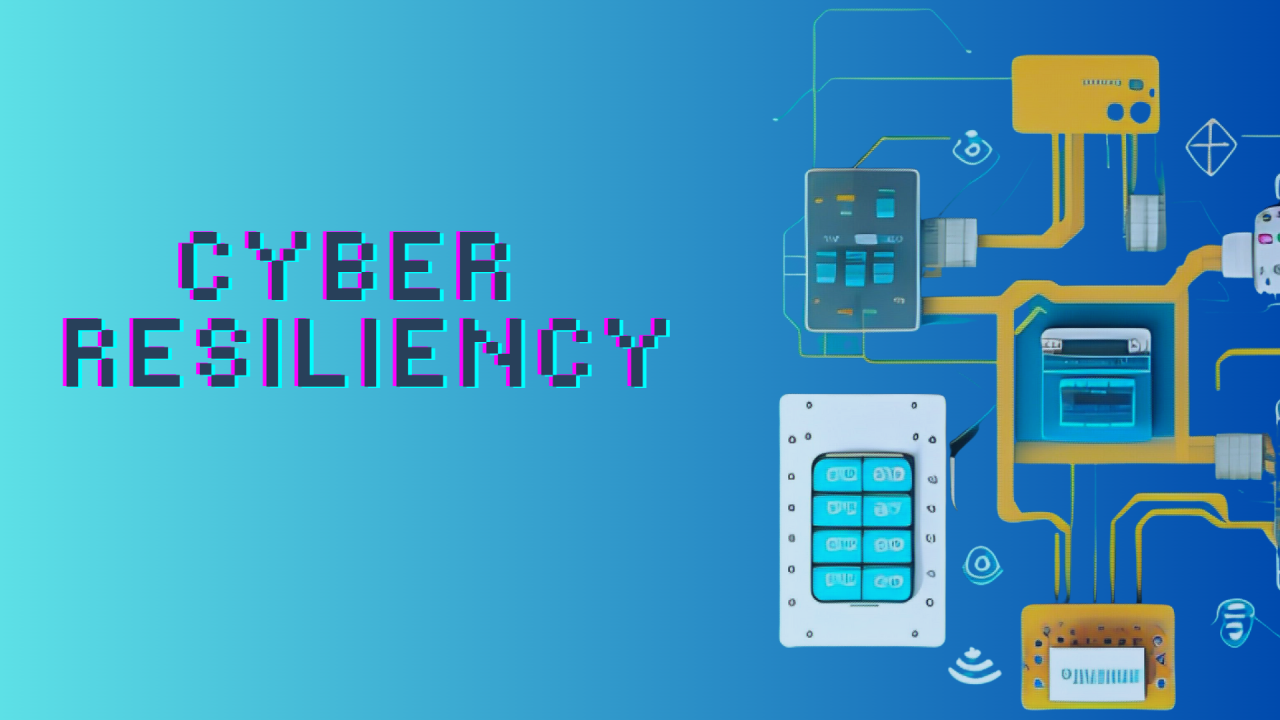Building a Phishing Program
Phishing is a significant compromise vector for all companies in all industries. At theMining and Metals ISAC annual conference in November, we...
2 min read
Rob Labbé
:
Aug 12, 2025 12:00:00 AM

As security practitioners and leaders, we must contribute to the professionalization of our field by searching out data and evidence-based solutions for our organizations. For too long, we have been advocating solutions based on best practice, or “That is just the way it is done.” As time goes on, when studies are done, we often find that the results do not back those conclusions, and we must change.
Last week at Blackhat, a group of researchers released the results of their study into the efficacy of phishing training. You can read that study here. By applying medical research standards to the problem, they ran an 8-month experiment, randomly separated a significant sample size of over 19,000 employees into a control group receiving no training and four other groups receiving the most common methodologies of security training today.
The results of the research are interesting and should give us all lots to think about. The key points I pulled out are here:
(Ho et al., 2025)
Now, this does not mean we should not train our users, but the data indicates we cannot train them out of this problem. So, what should we do? I propose that our industry focus on a couple of key areas:
By getting away from the game of “gotcha” that we have built into our phishing training programs, we will also realize another happy side effect. Trust. In any organization, cybersecurity advances at the speed of trust. We don’t build trust with users by fooling, tricking, or making them feel dumb. We build trust by supporting, showing empathy, and helping them reach their business goals. For too long, phishing training has been an obstacle to building trust. It is long past time to put gotcha-based phishing training and simulation to pasture – now we have the data that proves it is as ineffective as it is damaging.

Phishing is a significant compromise vector for all companies in all industries. At theMining and Metals ISAC annual conference in November, we...

When a cyberattack strikes, the immediate focus is often on technical recovery: restoring systems, protecting data, and resuming operations. But what...

In last quarter's article, I discussed the process for established IT Security teams to expand their influence into OT. This quarter I want to give...